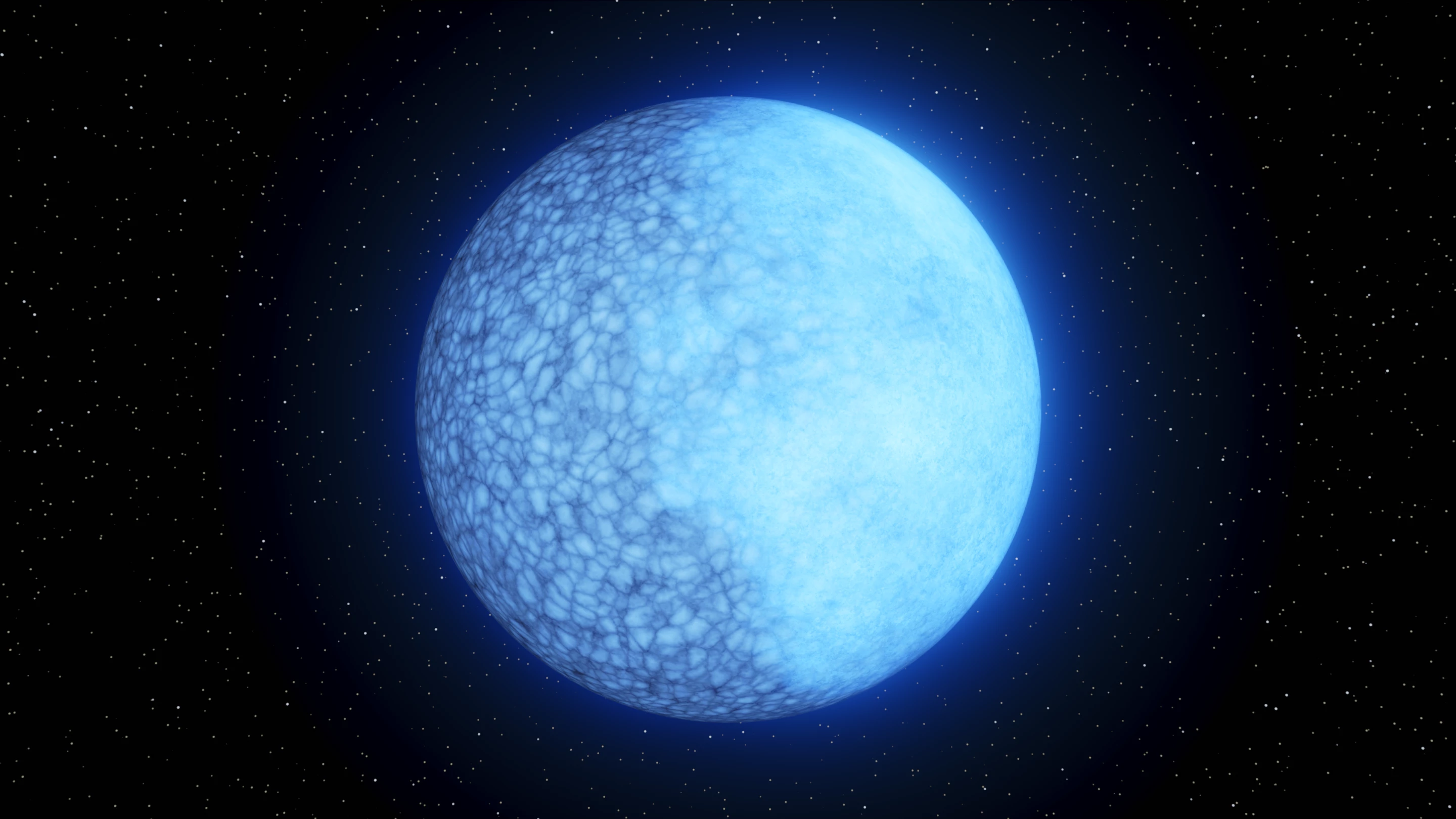The ingredients in stars are usually pretty evenly mixed throughout, but now astronomers have discovered a bizarre star with two distinct faces, each made of a different element, which defies explanation.
White dwarfs are the burnt-out husks that remain after stars like our Sun throw off their outer layers and leave just a compact core behind. Their atmospheres are usually dominated by either hydrogen or helium, with the main element present at levels about 1,000 times greater than the others.
But now, astronomers have spotted a white dwarf that doesn’t fit this description – and exactly how it came to be is a mystery. One half of this white dwarf is composed almost entirely of hydrogen, while the other is helium, marking the first time such a clear split has been seen for this kind of object. As such, it’s been nicknamed Janus, after the two-faced Roman god.
“The surface of the white dwarf completely changes from one side to the other,” said Ilaria Caiazzo, lead author of the study. “When I show the observations to people, they are blown away.”
Janus was discovered using the Zwicky Transient Facility (ZTF), an observatory designed to watch for objects in the night sky that change brightness over time. The team noticed this white dwarf would vary its brightness as it rotated. Follow-up observations with a spectrometer, which can analyze light to reveal the elements that make up the source, showed a stark difference in composition that correlated with the changes in brightness.
The researchers have a few ideas about how this strange star became so two-faced. Some white dwarfs are thought to transition between being hydrogen-dominated and helium-dominated over their lifetime, and Janus may be the first one caught in the act. But even so, it remains unknown why it would change one face at a time.
The answer to that is probably due to the object’s strong magnetic field, the team says. If it’s stronger on one side than the other, it would prevent the hydrogen and helium mixing on that side, leaving a stronger hydrogen signal. A similar explanation could be that the magnetic field changes the pressure and density of the gases.
“The magnetic fields may lead to lower gas pressures in the atmosphere, and this may allow a hydrogen ‘ocean’ to form where the magnetic fields are strongest,” said James Fuller, co-author of the study. “We don’t know which of these theories are correct, but we can’t think of any other way to explain the asymmetric sides without magnetic fields.”
More clues to the mystery could be uncovered by finding other white dwarfs in a similar state of separation.
The research was published in the journal Nature. the team describes Janus in the video below.
Source: Caltech




